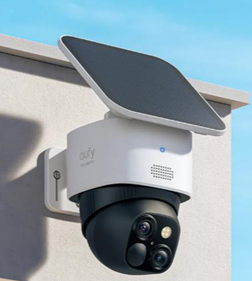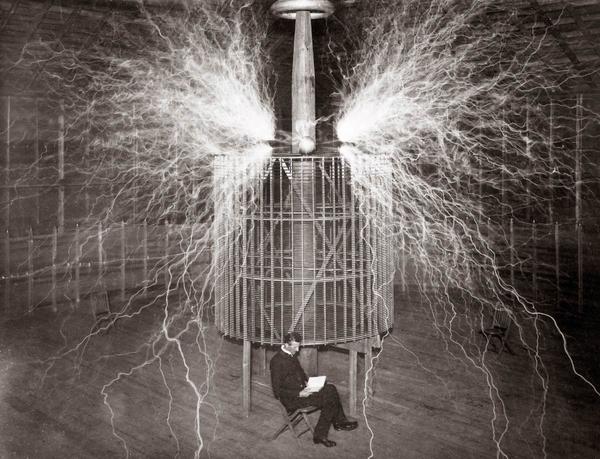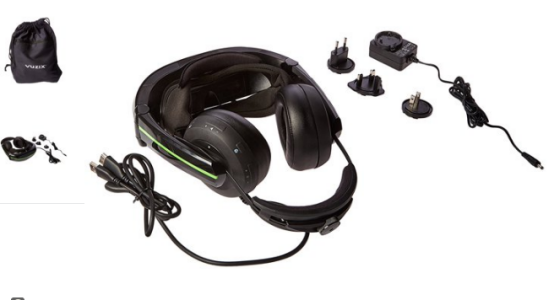Over time, the familiar hum of your robot vacuum may have evolved into a noticeable drone, a common experience for many owners of aging devices. As with any appliance with moving parts, robot vacuums naturally wear down, affecting their noise levels. This change can be so gradual that it goes unnoticed until one day you realize your vacuum is significantly louder than when you first bought it. Understanding the reasons behind this noise increase is the first step to addressing the issue and restoring quieter operation. This article will explore common causes of noise in older models and provide practical maintenance tips to extend your vacuum's quiet lifespan.
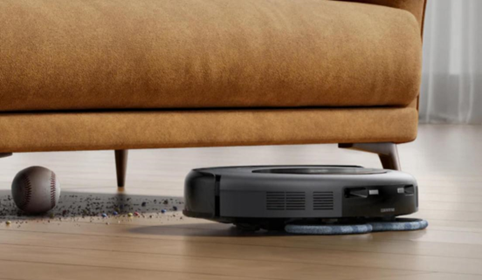
Common Reasons for Increased Noise Over Time
Wear and Tear on Brushes and Moving Parts
The constant contact between your vacuum's brushes and various floor surfaces creates inevitable wear that contributes to increased noise. As the main brush roll's bristles wear down or become misshapen, they lose their ability to flex properly against floors, creating more friction and a louder sweeping sound. Side brushes can become warped or develop cracks over time, causing them to flap unevenly and produce a rhythmic tapping or whipping noise during operation. The wheels and their axles also accumulate dust and debris in their mechanisms, leading to stiffness that creates squeaking or grinding sounds as they struggle to turn. This natural degradation of physical components is one of the primary reasons older vacuums operate less quietly than their newer counterparts.
Motor Degradation and Bearing Issues
The heart of your robot vacuum, its motor, works exceptionally hard throughout its lifespan, generating both suction power and brush movement. The motor's internal bearings, which allow parts to spin smoothly, gradually lose their lubrication and begin to wear down from constant use. This wear creates friction that results in a distinctive high-pitched whining or grinding noise that tends to worsen over time. Additionally, the fan that generates suction can become unbalanced if debris has nicked its blades or if dust has accumulated unevenly on them. This imbalance causes vibrations that translate into a louder overall operational hum, signaling that the motor assembly may need attention or replacement.
Regular Maintenance to Prevent Noise Increases
Establishing a consistent maintenance routine is the most effective way to combat the natural tendency of robot vacuums to grow louder with age. A simple weekly cleaning of the brush roll, removing any wrapped hair or fibers, prevents the motor from straining against resistance and maintains smooth operation. Monthly checks of all moving parts, including wheels and side brushes, ensure they rotate freely without obstruction or stiffness that could create additional noise. Wiping sensors and cleaning filter compartments prevents the system from working harder than necessary to maintain suction power, which directly impacts noise levels. These regular attentions not only keep your vacuum running quietly but also significantly extend its functional lifespan by reducing wear on critical components.
Troubleshooting Specific Noise Problems
Identifying and Fixing Whirring Sounds
A persistent whirring noise often indicates an issue with the brush roll assembly or something interfering with its movement. Begin by removing the brush roll completely and inspecting both ends for wrapped hair or threads that might be binding the mechanism. Check the brush roll bearings by spinning them manually; if you feel grinding or resistance, the bearings may need cleaning or replacement. Examine the brush housing for any small debris that might have become lodged between the brush and its casing, creating friction as it spins. Often, simply giving the entire brush assembly a thorough cleaning and ensuring it reassembles with proper alignment can eliminate whirring noises and restore quieter operation.
Addressing Grinding or Rattling Noises
Grinding or rattling sounds typically suggest something is either loose within the vacuum or there's a problem with the motor or gear systems. First, check all accessible panels and covers to ensure they are securely fastened and not vibrating against the main body during operation. Inspect the wheels for small rocks or hard debris caught in the treads that might be scraping against the flooring as they turn. If the noise seems to come from inside the unit, it might indicate worn gear teeth in the motor assembly or a foreign object stuck in the fan blades. While some internal issues require professional attention, many rattling problems can be resolved by thoroughly cleaning the vacuum's interior and ensuring all components are properly seated and secure.
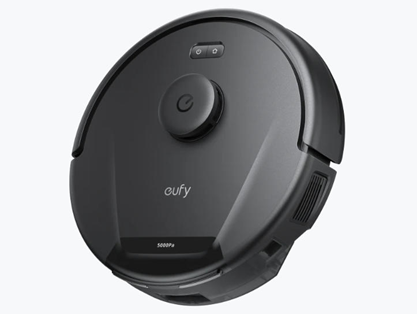
When to Consider Repair or Replacement
Signs That Professional Service Is Needed
Certain symptoms indicate that your aging robot vacuum requires professional attention rather than simple home maintenance. If the motor emits a burning smell or produces smoke during operation, immediately power down the device and seek professional service, as this indicates serious electrical or mechanical issues. A persistent loud grinding noise that continues after thorough cleaning of all accessible parts suggests internal bearing failure or gear damage that requires specialized repair. Similarly, if the vacuum has significantly lost suction power along with increased noise levels, the motor may be failing and need replacement. For devices still under warranty, always contact the manufacturer before attempting any repairs yourself to avoid voiding coverage.
Evaluating Cost of Repair vs. New Model
When your robot vacuum develops significant noise issues, you'll need to weigh the economics of repair against replacement. Start by obtaining a repair estimate from an authorized service center, factoring in both parts and labor costs. Compare this amount to the current market price of a comparable new model, considering that newer vacuums often come with improved features and better noise reduction technology. If the repair cost approaches 50% or more of a new unit's price, replacement usually makes better financial sense. Additionally, consider the age of your current vacuum—if it's several years old, investing in repairs might only provide a temporary solution before other components begin to fail.
Conclusion
While some increase in noise is natural as robot vacuums age, proper maintenance can significantly slow this process and extend your device's quiet operational life. Regular cleaning of brushes, filters, and moving parts prevents many common noise issues before they start. However, when repairs become too costly or frequent, it may be time to consider replacement. If you're tired of constant noise from an older product and seeking the quietest robot vacuum experience, a modern model from eufy can provide satisfyingly quiet operation without sacrificing cleaning performance. With consistent care and timely maintenance, you can enjoy many years of peaceful, automated cleaning from your robot vacuum.


